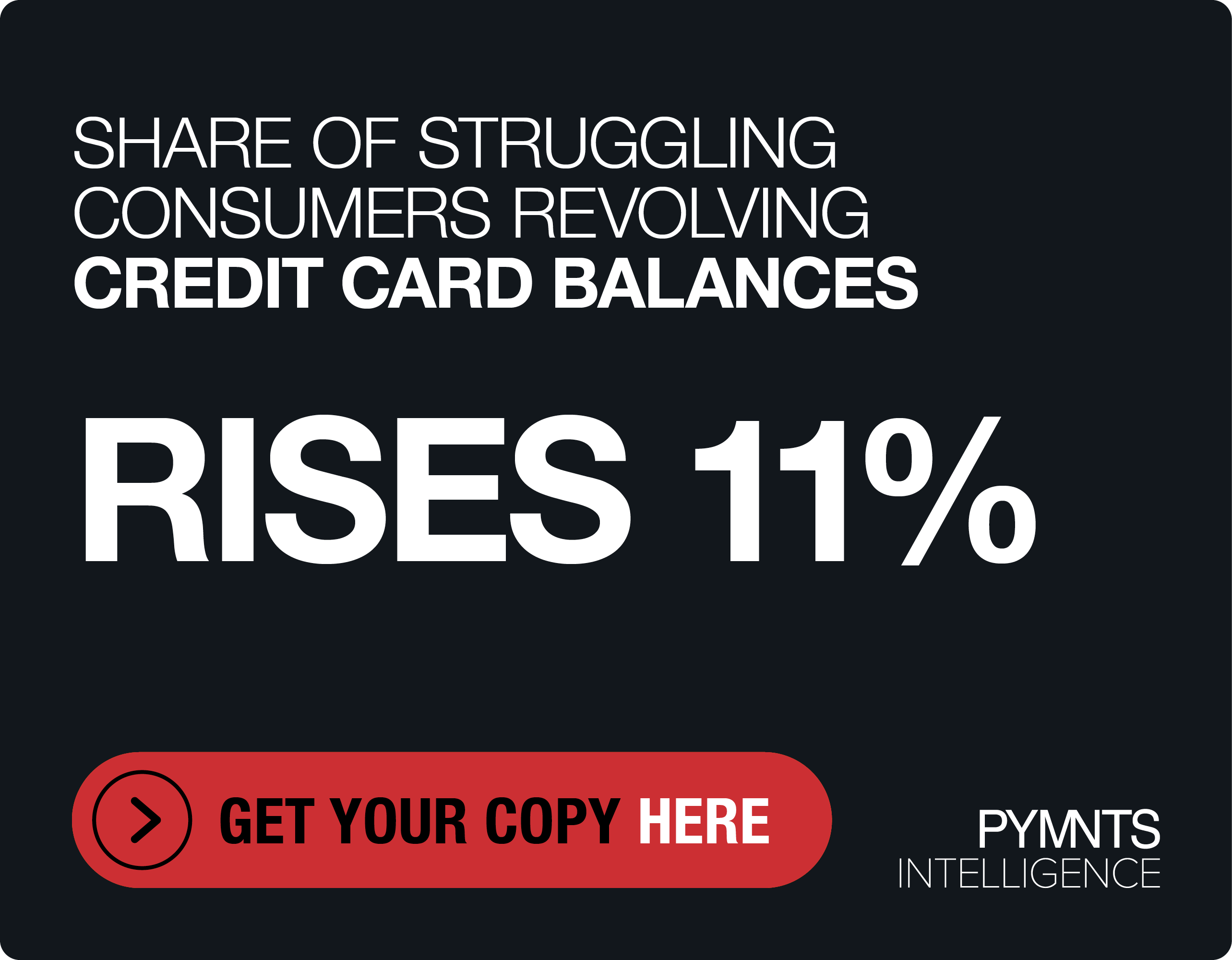First Data: Creating The Digital Disbursements Standard

Not exotic. Just another step on the path to make instant disbursements a standard way to pay at a time when the demand has never been greater.
That’s how First Data’s GM of Global Debit Solutions, Nandan Sheth, characterized the announcement last week that First Data and Mastercard had partnered so Mastercard business customers who use Mastercard Send could push real-time payments to debit cardholders using First Data’s Disburse-to-Debit solution.
“We’ve been really studying this [instant payments] marketplace since 2017,” Sheth told Karen Webster, “and even though we’ve focused on solving for very specific use cases we’re seeing even wider ground where instant payout solutions make a lot of sense.”
The gig economy alone, he noted, is a bright spot.
According to the latest PYMNTS/Hyperwallet Gig Economy Index, roughly 37 percent of workers said they receive 40 percent of their income from gig economy jobs, accounting for $1.4 trillion of total U.S. personal income in 2018. And though the gig economy “has really brought the issue to a froth in terms of public awareness” Sheth said, “the reality is that the needs for orderly, seamless instant payouts is expanding into territory that few would have imagined, even as recently as a few years ago.”
The Diverse World Of Disbursements
Sheth said that First Data breaks down the disbursements landscape into four major categories: alternative income payouts, government payouts, merchant payouts and employer payouts. Within those categories, he noted are a variety of sub-use cases.
Under alternative income payouts, for example, are 1099 gig economy workers — but also restaurant tips, gaming income, those who working multi-level marketing jobs, and people who participate in medical trials. Government payouts include tax refunds at the state and federal levels, but also the regular payouts of various governmental assistant programs and the unpredictable flows of funds associated with emergency payouts. Merchant payouts include refunds, rebates and store credits, while employer payouts can include a wide range of gifts, bonuses or expense reimbursements.
Sheth said First Data finds the first two opportunities as the most attractive, given the firm’s penetration in those segments. For First Data, Sheth said, it’s easy to go directly to those customers to offer an instant payout solution that fits their needs. A set of needs, Sheth told Webster, that can vary widely and unexpectedly.
Although tax refunds happen only once a year, they are paid out over months and across a wide array of refunds, but even that is straightforward. The government, Sheth said, has a lot of great, unique use cases for an instant payout, including FBI informants who need to be paid immediately — and often in the absence of an ACH routing number — or national park workers who log 15 hours a month in January and 60 hours a week in July.
But, whether it’s insurance companies looking to kick the paper check habit or a restaurant owner paying out the night’s tip to wait staff, the challenge is working with businesses to align their front-end systems, historical process and back-end settlement to a new system that can push disbursements to consumers differently than they’ve been able to in the past.
“Five years ago, when we’re talking about disbursements, it was all about debit, via Visa or Mastercard rails,” Sheth said. “Now, we are seeing disbursements across nine different networks — our focus in giving the disburser the ability to have a universal connection point to reach all of these emerging new endpoints.”
Changing The Competition
Instant disbursements, Sheth noted, are also about creating a competitive advantage for those who arm themselves with an instant pay option. Consider, he noted, segments like the ridesharing economy, where there is more demand for qualified 1099 workers than there are workers available. There are a variety of ways to attract those workers and engender loyalty to a specific platform — and paying out faster is just observably one of them.
“These payments are very useful when a worker is managing cash very tightly. We have seen workers who take multiple payouts a week — or even in some cases multiple payouts per day,” Sheth observed, particularly important for unbanked and underbanked customers who want access to the digital economy.
Alternative lending customers are yet another category, where a consumer looking for funds from a digital lender are likely going to vastly prefer the firm that can payout instantly on an approval, as opposed to the one with a 24 to 48 hour wait. He also noted the competitive edge that diving into digital disbursements can provide is often about more than just speed of moving funds to a waiting party’s hands.
“I recently had my house remodeled and one of the contractors I was working with offered me a 1 percent discount if I paid with Venmo,” Sheth remarked, noting that the ability to tap into things like P2P to enable digital disbursements may be the start of a change to how some SMBs do business.
“I don’t know if you will see these kinds of tie-ins in the large enterprise space — they have other mechanisms to serve this part of their market. But if you think about the medium-sized business (like a factory in the U.S. working with materials from China), being able to use a payment mechanism, where they can provide a more direct method that saves on costs like interchange, is a powerful tool. Particularly if this is a business making these payments twice a week.”
What’s Next
Though instant disbursement is becoming more common as it becomes ever more in-demand, it’s not quite the norm just yet. Sheth believes we are probably still a year or two away before this kind of payments infrastructure becomes normal instead of new, in large part because not all the core systems have caught up to it yet.
There are still cases, he says, when First Data tells firms they can push instant disbursements for the vast majority of their payments, “but for Y payment with X issuer — we still are on the 24- to 48-hour time scale.”
